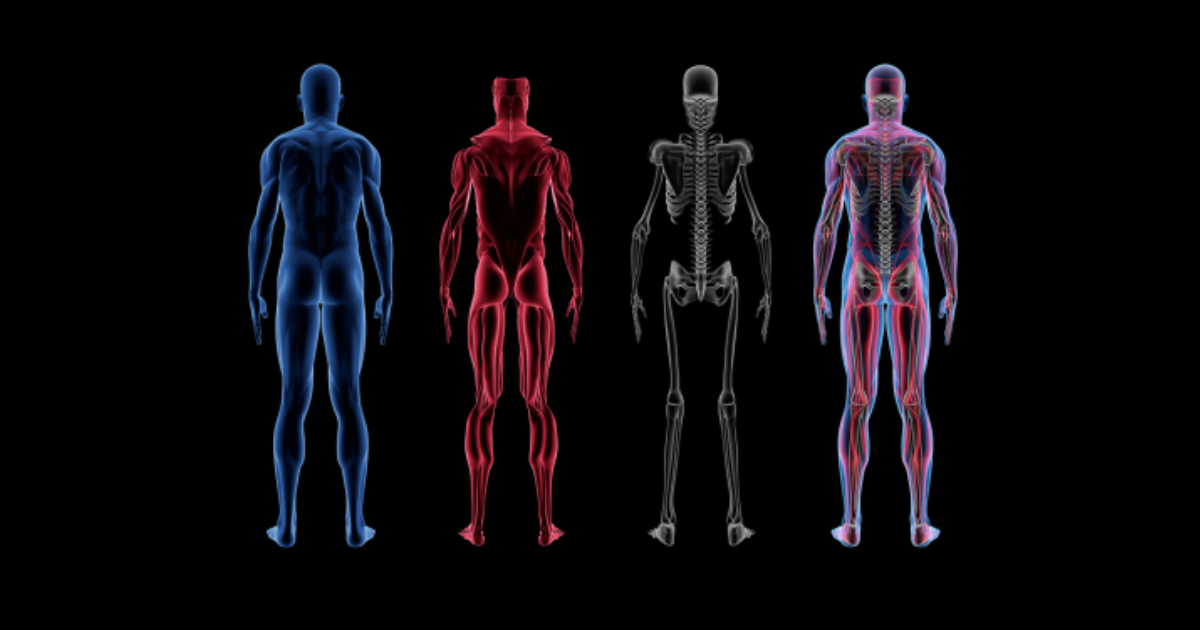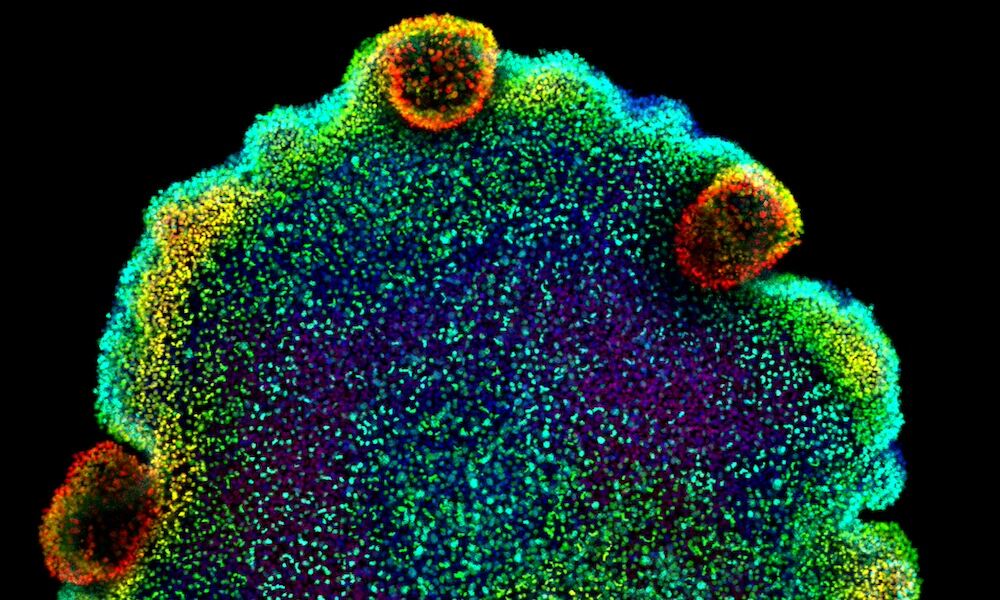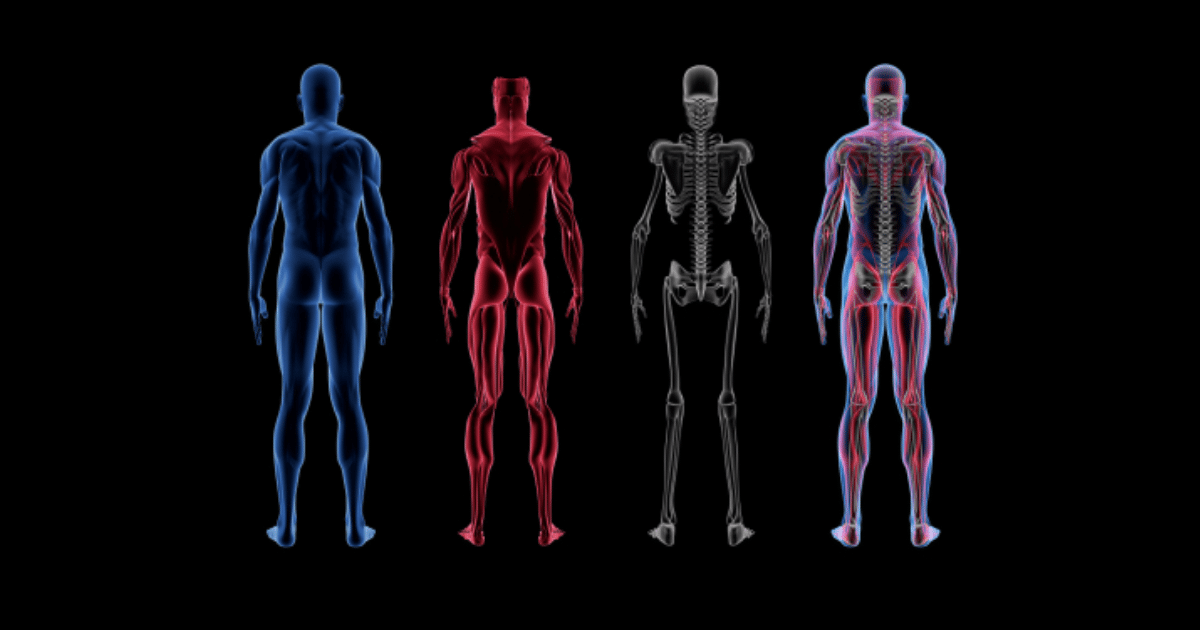Anúncios
Step into the awe-inspiring realm of human anatomy, a vast and complex universe within us all. This post delves into the intriguing science of the human body, taking you on a numerical journey through our intricate physiological systems. Here, we unlock the mysteries of our bodies through the lens of figures, revealing the intricacy and marvel that lie within.
Ever pondered the astounding complexity of your physical being? Curious to learn about your body’s unique composition and function, quantified in numbers? This in-depth exploration provides a fascinating perspective on the human body, as we present staggering figures that reveal the intricacy of our internal systems.
Anúncios
Prepare to be amazed by intriguing facts about your anatomy, as we unravel the mysteries locked within your cells, tissues, and organs. We will explore the staggering number of cells that comprise your body, the miles of blood vessels running through your veins, and the incredible speed at which your nervous system operates. All these figures contribute to the awe-inspiring wonder of the human body, a marvel of biological engineering.

Anúncios
This journey will enlighten you on the extraordinary capabilities of the human body. We will illuminate the complexities of our body’s operations, from the minutiae of cellular processes to the broad scale of systemic functions. In essence, you will gain an appreciation for the phenomenal machine that is your body, and an understanding of the numbers that underpin its operations.
Ready to embark on this journey through the numbers of human anatomy? Join us as we delve into the fascinating depths of our bodies, bringing to light the incredible complexities that lie beneath our skin. This numerical exploration will offer a new and enlightening perspective on the wonder of our anatomy, leaving you in awe of the mysteries contained within our own bodies.
Decoding the Human Body: A Mathematical Perspective
In the world of biology and anatomy, numbers often play a crucial role. One fascinating way to view the human body is through the lens of statistics—a numerical narrative that highlights just how incredible our physical forms truly are. This data-driven perspective reveals not only the complexity of our internal systems but also their remarkable efficiency and resilience.
To begin with, the average adult human body is composed of approximately 37.2 trillion cells. These cells aren’t uniform—far from it. They span over 200 distinct types, each one specialized for different roles, from the oxygen-carrying red blood cells to the electrical messengers known as neurons. Every second, millions of these cells die and are replaced, keeping our bodies in a constant state of renewal. The stomach lining, for instance, renews itself every few days due to the harsh acidic environment it endures.
Among these trillions of cells are some truly fascinating figures. The largest human cell is the ovum, or female egg cell, which is just barely visible to the naked eye. In contrast, one of the smallest is the sperm cell, whose sole purpose is to deliver genetic material. Then we have neurons—highly specialized cells that allow us to think, move, feel, and remember. An average human brain contains about 86 billion neurons, each forming thousands of connections, adding up to a staggering 100 trillion synapses.
But the wonder doesn’t stop there. The human body is also home to an incredibly intricate vascular system, consisting of approximately 100,000 miles (160,000 kilometers) of blood vessels. If stretched end to end, these vessels could circle the Earth more than four times. They are responsible for transporting blood, oxygen, nutrients, and waste products to and from every cell in the body—an essential highway system that keeps us alive and functioning.
At the heart of this system—both literally and figuratively—is the human heart, a tireless muscular pump that beats around 100,000 times per day, or 2.5 billion times over the course of an average lifespan. With each beat, it pumps roughly 70 milliliters of blood, meaning it circulates about 7,000 liters per day—enough to fill a large tanker truck daily, and over 2.5 million liters annually.
Our lungs work in tandem with the heart to facilitate the exchange of oxygen and carbon dioxide. On average, an adult takes about 20,000 breaths per day, moving roughly 11,000 liters of air through the respiratory system daily. This ensures that every single one of those 37.2 trillion cells receives the oxygen they need to carry out cellular respiration—the fundamental process that produces energy.
Another impressive number lies within our skin, the largest organ of the body. The skin spans about 21 square feet and makes up approximately 16% of total body weight. It contains over 3 million sweat glands, helps regulate body temperature, and acts as a formidable barrier against environmental hazards.
The skeletal system also presents an incredible numerical landscape. The adult human skeleton is made up of 206 bones, interconnected by 360 joints. These bones are not static structures—they are dynamic, living tissues that regenerate completely about every 10 years. In fact, our bones are incredibly strong—gram for gram, they are stronger than steel, yet lightweight enough to allow for agility and mobility.
Whether it’s the mind-boggling number of cellular activities happening every second, or the astounding distances covered by our circulatory system, these numbers collectively reveal the elegance of the human body’s design. Understanding the human body through mathematics not only enhances our scientific appreciation but also invites a deeper respect for the incredible machine we inhabit every day.
Cellular Diversity: A Detailed Look
Out of the 37.2 trillion cells in the human body, it’s fascinating to explore the sheer diversity in terms of type and function. The largest cell, the female egg, is barely visible to the naked eye, while the smallest, the sperm cell, is about 20 times smaller.
Another intriguing element of cellular diversity is the lifespan of various cell types. Red blood cells, for instance, have a lifespan of around 120 days, while some types of white blood cells can live for over a year.

The Human Brain: A World of Its Own
The human brain is an organ of staggering complexity, made up of roughly 86 billion neurons interconnected by trillions of synapses. To put this in perspective, the number of neuronal connections in a single human brain outnumbers the stars in the Milky Way galaxy.
Processing Power and Storage Capacity
The human brain is, without question, one of the most complex and efficient organs in the known universe. Its computational and storage capabilities are staggering, often drawing comparisons to the world’s most powerful supercomputers—and still coming out ahead in many ways. To appreciate the brain’s brilliance, one must understand just how immense its processing power and memory capacity truly are.
At the core of this marvel lies a dense network of approximately 86 billion neurons. These neurons are connected by trillions of synapses, forming an intricate communication web that allows the brain to send, receive, and process information at lightning speed. Each neuron can form thousands of connections with other neurons, resulting in a network estimated to include more than 100 trillion synapses—an astronomical figure that provides the structural basis for thought, emotion, memory, and consciousness itself.
In terms of storage capacity, researchers estimate that the human brain can hold roughly 1 petabyte of information, or 1,000 terabytes, which equates to about 1.25 million gigabytes. That’s enough digital space to store over 3 million hours of television—you’d have to leave your screen on for more than 300 years to watch it all. However, this comparison barely scratches the surface of the brain’s efficiency. Unlike a computer, the brain doesn’t store data in discrete files or folders—it encodes memories and knowledge through distributed patterns of activity across many regions. This allows for contextual storage and remarkable resilience; even if some connections are damaged, others can compensate.
But storage is just one side of the story. What truly sets the human brain apart is its processing power. Estimates suggest that the brain is capable of performing up to one quadrillion (1,000,000,000,000,000) operations per second, thanks to the parallel nature of neural activity. Each neuron processes signals simultaneously with many others, unlike the sequential logic found in traditional computing systems. This parallelism enables the brain to handle vast amounts of sensory information in real time—processing sights, sounds, smells, emotions, memories, and decisions all at once.
To put this in perspective, the brain’s energy efficiency is also astounding. Despite its capabilities, the brain uses only about 20 watts of power—roughly the same as a dim light bulb. In comparison, supercomputers that approach just a fraction of the brain’s processing speed require megawatts of electricity and massive cooling systems. The human brain achieves this through its unique biological architecture and chemical signaling, which are optimized for low-energy, high-efficiency information transfer.
Another fascinating aspect of brain function is its adaptability and plasticity. Unlike fixed circuits in machines, neural pathways in the brain can reorganize in response to learning, injury, or changes in environment. This adaptability is crucial not only for memory formation but also for creative problem-solving, emotional regulation, and skill acquisition. It means the brain is not just a powerful processor, but a learning system that evolves and optimizes itself over time.
Moreover, the brain is capable of integrative processing—the ability to combine different types of information into coherent perceptions and responses. For example, when you see a familiar face, your brain instantly processes visual input, retrieves memories, triggers emotional associations, and prepares a social response—all in a fraction of a second. This integrative ability is what allows humans to experience consciousness, empathy, intuition, and imagination—functions far beyond the reach of even the most advanced AI systems.
And yet, despite all we know, much about the brain’s capabilities remains a mystery. Neuroscientists continue to explore how information is encoded, how consciousness arises from neural activity, and how we might harness this knowledge to treat neurological diseases or enhance cognitive function. Projects like the Human Connectome Project and initiatives in neuroinformatics are mapping the brain’s intricate networks, inching us closer to understanding its full computational potential.
In sum, the brain is more than a biological processor—it’s a dynamic, self-improving, ultra-efficient supercomputer, seamlessly merging data storage, high-speed computation, energy efficiency, and emotional intelligence into one extraordinary organ. Its capabilities remain unmatched, a living proof of nature’s genius and a humbling reminder of the complexity within each of us.
Strength in Numbers: Muscles, Bones, and Joints
The human body is a remarkable machine, built for movement and physical exertion. Comprising over 600 muscles, 206 bones, and 360 joints, our anatomy is optimized for a wide range of motion and activity.
Understanding the Skeletal System
The skeletal system, consisting of 206 bones in an adult body, provides the necessary framework that supports and protects the body’s organs. Furthermore, bones are continually remodeling, with the entire human skeleton being replaced every 10 years.
Focus on the Muscular System
The muscular system is equally as impressive. With over 600 muscles, these powerhouses contract and relax to produce movement. The heart, a muscle itself, is an indefatigable worker, beating approximately 100,000 times per day to keep blood circulating throughout the body.
The Power of Sensation: The Human Senses
The human body possesses an intricate network of sensory systems, enabling us to interact with the world around us. This includes the five classic senses: sight, hearing, taste, smell, and touch, each processed by specialized cells and communicated to our brain.
Visual Perception
Human eyes contain around 120 million rods for black and white vision, and 6 to 7 million cones for color vision. These sensory cells transmit visual information to the brain at a rate of around 10 million bits per second.
Auditory Perception
Similarly, the human ear is a marvel of natural engineering. With about 15,000 hair cells in each ear, it can detect sounds ranging from a quiet whisper to a jet engine’s roar. The range of human hearing spans from 20 Hz to 20,000 Hz, making it one of the broadest among mammals.
These numbers only scratch the surface of the intricacy and wonder of the human body. Through the lens of statistics and numbers, we can gain a greater appreciation for the complexity and beauty of our anatomy, a testament to the marvels of biological engineering.
Conclusion
In conclusion, “Unlocking the Mysteries of The Human Body: A Fascinating Look at Our Anatomy Through the Numbers” provides a comprehensive examination of the intricate and complex marvel that is the human body. The article takes us on a compelling journey, revealing the impressive numerical aspects of our anatomy, which serve as a testament to the body’s remarkable functionality and adaptability. It underscores the sheer magnitude of the numbers involved, whether it’s the billions of neurons in our brains or the miles of blood vessels crisscrossing our bodies. This numerical perspective not only deepens our appreciation of our physical selves but also underscores the intricacies of human anatomy that scientists and doctors are still exploring. Indeed, the mysteries of the human body are far from fully unraveled, and each new discovery paves the way for better understanding and potentially groundbreaking medical breakthroughs. In essence, our bodies are a testament to the extraordinary intricacies of nature, a marvel of biological engineering. And each number tells a story, a story of resilience, adaptability, and unceasing activity that keeps us alive and thriving. This article reminds us of the wonder and complexity inherent in every single human being, a theme worth remembering and celebrating.

